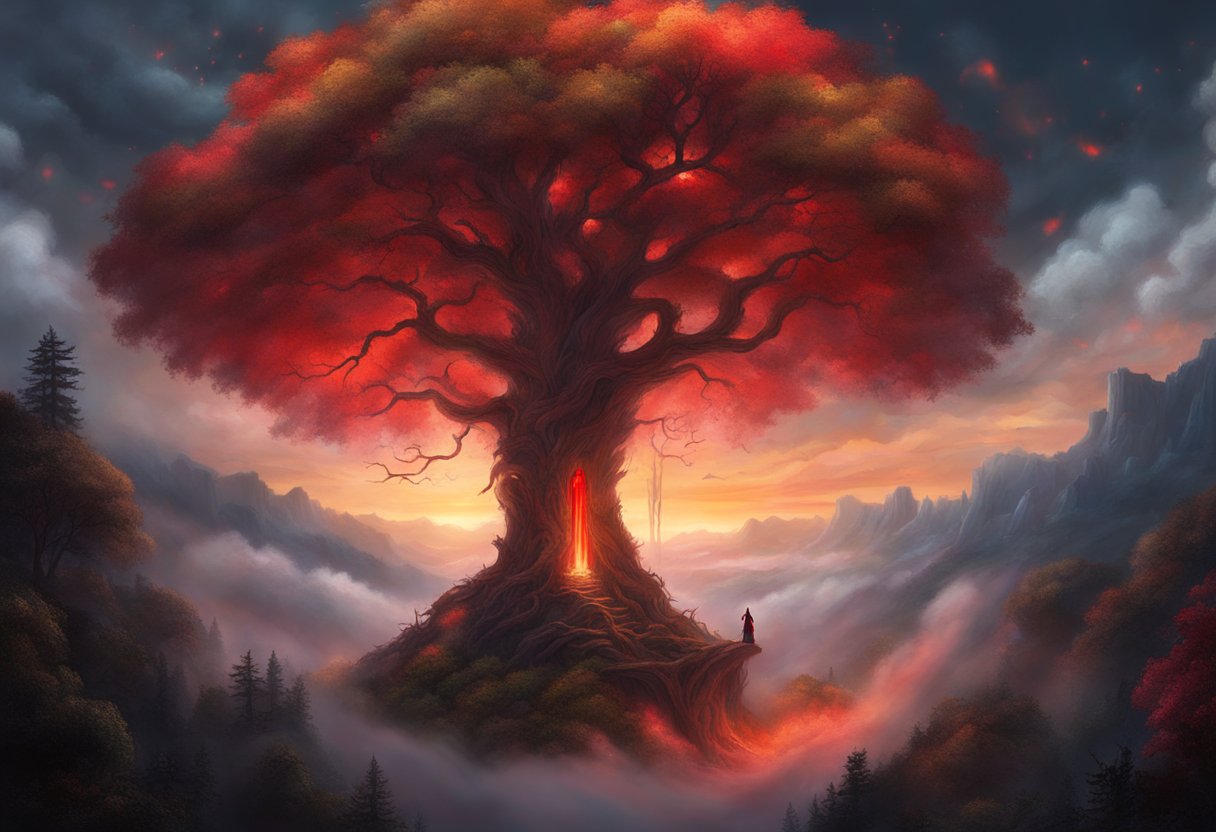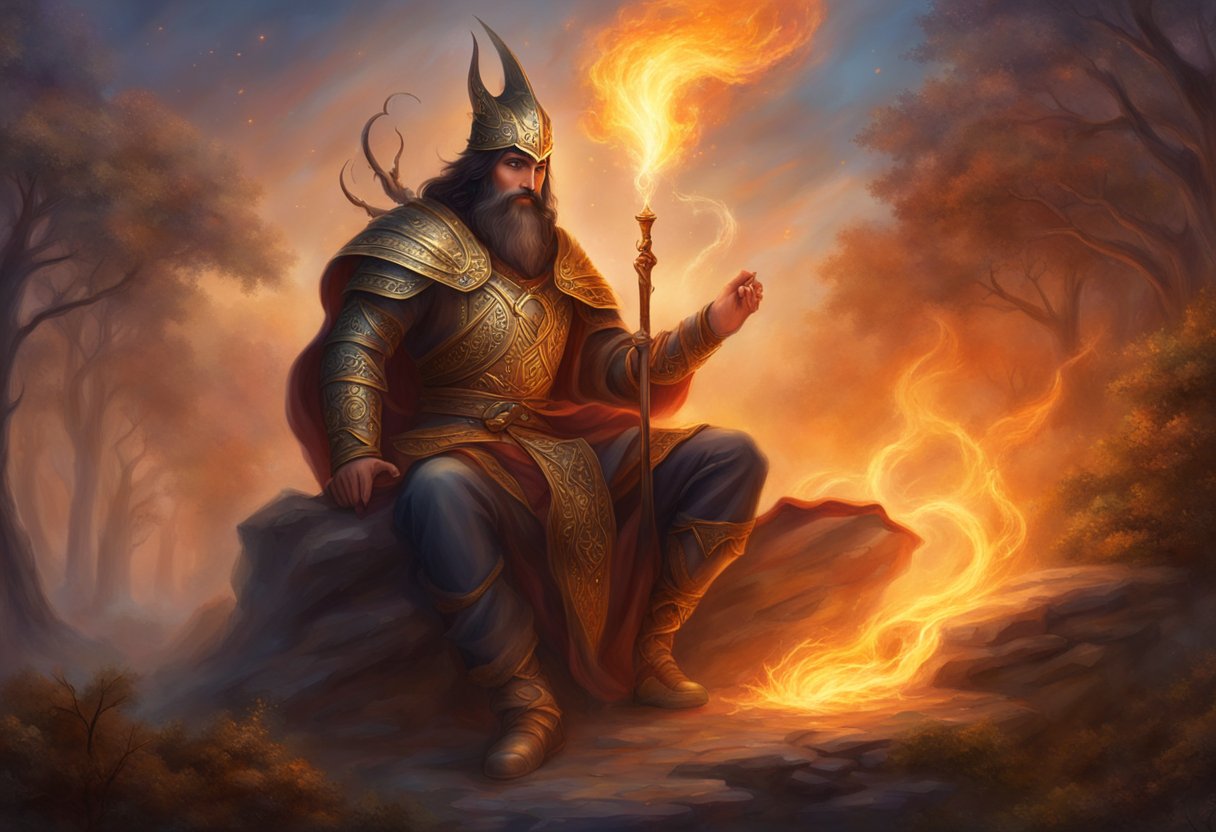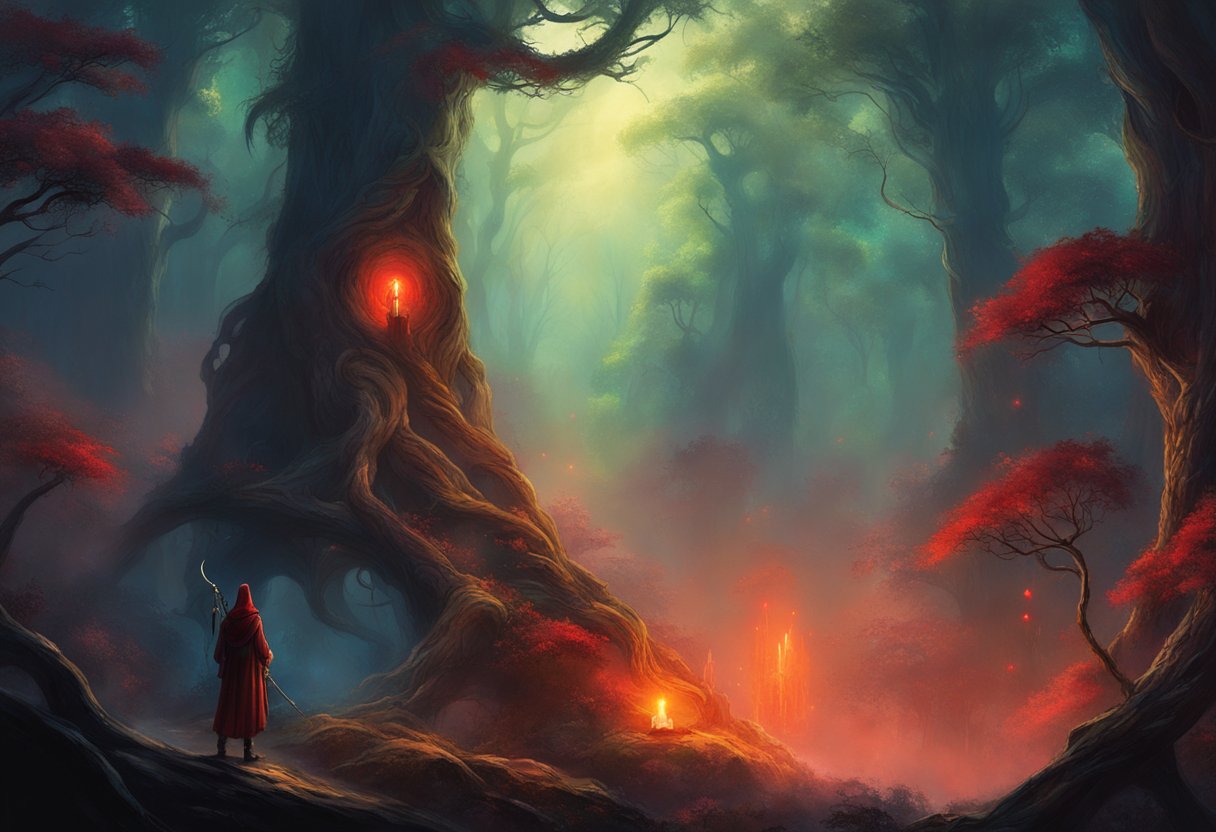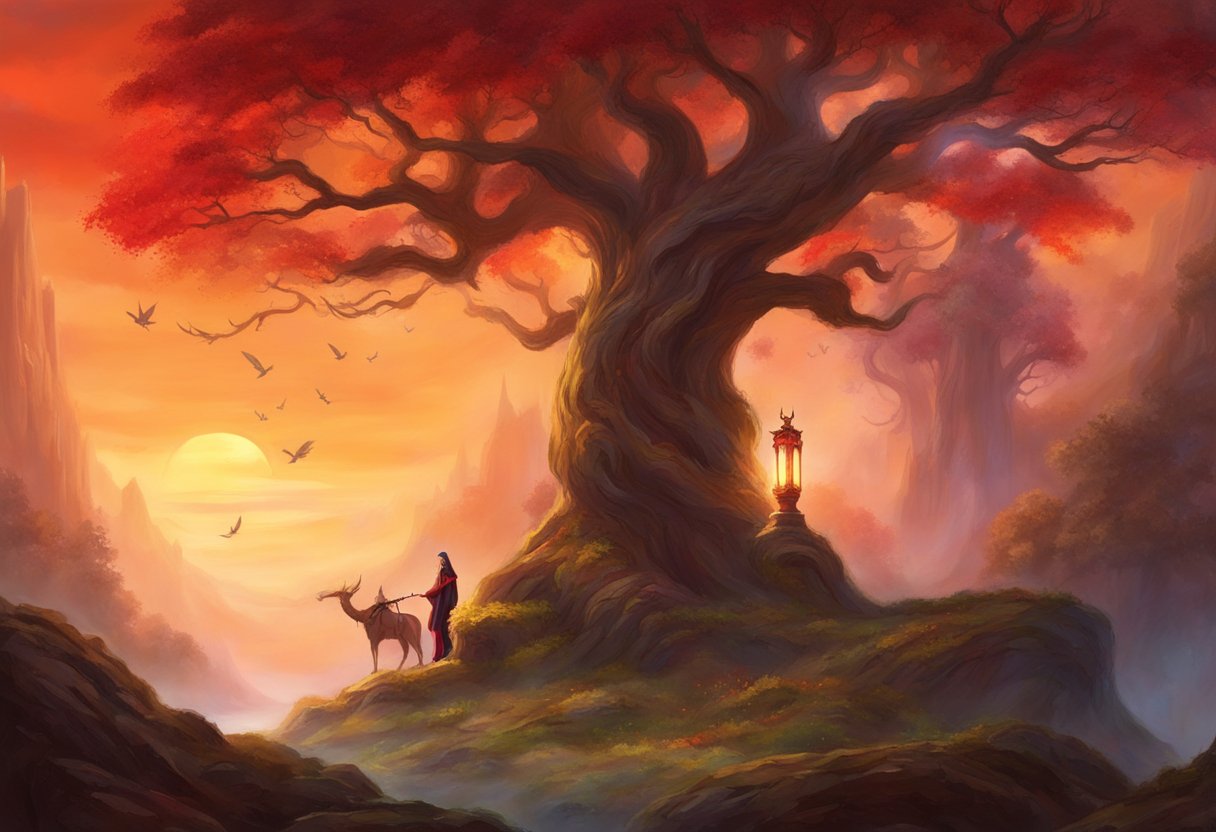Kapre is a mythical creature in Philippine folklore. It is often described as a tall, dark, and hairy creature with a strong body odor. Kapre is also known for smoking a large ganja pipe, which can be smelled from a distance. According to legend, Kapre lives in trees and is a protector of the forest.

In Philippine mythology, Kapre is often portrayed as a trickster who enjoys playing pranks on humans. It is said that Kapre can change his appearance to look like an ordinary human and can even mimic human voices. Despite his mischievous nature, Kapre is generally considered to be a benevolent creature who helps those who respect the forest and its inhabitants.
Today, Kapre remains an important part of Philippine culture and is often featured in literature, art, and music. Many Filipinos still believe in Kapre’s existence and consider him to be a symbol of their connection to nature. Whether real or imaginary, Kapre continues to capture the imagination of people around the world, and his legend is likely to endure for many years to come.
Kapre Mythology

Origins in Philippine Folklore
Kapre is a creature from Philippine mythology and folklore. According to legends, Kapre is a giant, hairy, and muscular creature with a height of 7-9 feet. It is often described as a tree giant, and it is believed to dwell in large trees. Kapre is said to have originated from the Tagalog and Visayan regions of the Philippines.
Characteristics and Attributes
Kapre is known for its strong body odor, and it is often depicted as smoking a large cigar or tobacco pipe. It is said that Kapre would sit on the branches of large trees and wait for people to pass by. Kapre is also believed to have the ability to confuse and disorient people who come near it. It is said that Kapre can disappear and reappear at will, and it can also change its size and shape.
Cultural Significance
Kapre has been a significant part of Philippine folklore for many years. It is often used to scare children and to teach them the importance of respecting nature. Kapre is also used as a symbol of Philippine identity and culture. Many Filipinos believe in the existence of Kapre, and they often share stories and legends about this creature with their children and grandchildren.
In conclusion, Kapre is a fascinating creature from Philippine mythology and folklore. It is known for its unique characteristics and attributes, and it has played an important role in Philippine culture and identity.
Encounters and Stories

Famous Kapre Encounters
Kapre encounters are often reported in the Philippines, and some of them have become famous over time. One such encounter was documented in a spine-chilling video, where the narrator shares their real-life experience of encountering a Kapre deep in the forest. The creature was described as a tall, dark, and hairy creature that resided in a big tree. Another famous encounter was recorded in a YouTube video, where people shared their true horror stories of Kapre encounters. These stories often involve sightings of a tall, dark, and hairy creature that is known to smoke.
Regional Variations of Tales
The Kapre is a mythical creature that is known to have regional variations in its tales. In some regions, the creature is described as a tall (8 to 10 ft) brown hairy male with a beard and fond of smoking. In other regions, the Kapre is described as a half-man, half-goat creature that is known to lure people into the forest. The creature is often associated with urban legends or paranormal stories, with people claiming to have encountered or witnessed the creature.
Overall, Kapre encounters and stories have become a part of Philippine folklore and continue to fascinate people. While some dismiss them as mere superstitions, others believe in their existence and continue to share their stories of encounters with the Kapre.
Kapre in Popular Culture

Kapre in Literature
Kapre, the cigar-smoking giant from the Philippines, has been a popular character in Filipino literature for decades. He is often depicted as a mischievous and playful creature who enjoys playing pranks on unsuspecting humans. In some stories, he is portrayed as a protector of nature and a friend to animals. Kapre’s love for cigars is also a recurring theme in many of these stories.
One of the most famous works of literature featuring Kapre is the Filipino children’s book “Ang Barumbadong Bus” by Rene O. Villanueva. The book tells the story of a mischievous Kapre who lives in a balete tree and loves to play tricks on the people passing by. The book has become a classic in Filipino children’s literature and has been adapted into a play and a television series.
Kapre in Media and Films
Kapre has also made appearances in various forms of media, including films, television shows, and video games. In the 2012 Filipino horror film “Tiktik: The Aswang Chronicles,” Kapre is portrayed as a fierce and terrifying creature who attacks the film’s protagonists. In the Filipino television series “Encantadia,” Kapre is one of the main characters and is portrayed as a wise and powerful being who helps the show’s heroes in their quest.
Kapre has also appeared in various video games, including the popular Filipino mobile game “Kapre: The Game.” In the game, players take on the role of a Kapre who must protect his balete tree from invading humans and other creatures. The game has become a hit among Filipino gamers and has received positive reviews for its fun gameplay and unique storyline.
Overall, Kapre’s popularity in Filipino culture has continued to grow over the years, and he remains one of the most beloved characters in Philippine mythology.
Beliefs and Superstitions

Protection Against Kapre
Filipino folklore is rife with tales of Kapres, tree-dwelling giants known for their affinity for tobacco. While they are not necessarily considered evil, they can become vengeful if the tree they inhabit is cut down. To protect oneself from the wrath of a Kapre, it is believed that one should offer them a peace offering of tobacco or other gifts. It is also said that wearing an amulet, such as an agimat or anting-anting, can ward off their malevolent intentions.
Kapre and Tobacco
One of the most well-known characteristics of the Kapre is their love of tobacco. It is said that they can often be found smoking cigars or pipes, and the scent of tobacco smoke is often associated with their presence. Some believe that offering them tobacco can appease them and prevent them from causing harm. However, others believe that offering tobacco to a Kapre can also invite their attention and cause them to become more active in the area.
Overall, the Kapre remains a fascinating and mysterious figure in Filipino folklore. While their intentions may be uncertain, it is clear that they hold a significant place in the country’s mythology.
Comparative Mythology

Kapre, a creature from Philippine mythology, is not the only giant humanoid creature in folklore. Comparative mythology is the study of mythologies from different cultures and their similarities and differences. In this section, we will explore other giant humanoid creatures from global folklore.
Similar Creatures in Global Folklore
One such creature is the Sasquatch, also known as Bigfoot, from North American folklore. Like the Kapre, the Sasquatch is described as a large, hairy humanoid creature that lives in the wilderness. It is said to be between 6 and 10 feet tall, with a muscular build and a strong odor. Sightings of the Sasquatch have been reported throughout North America for centuries.
Another similar creature is the Yeti, also known as the Abominable Snowman, from Himalayan folklore. Like the Kapre and Sasquatch, the Yeti is described as a large, hairy humanoid creature. It is said to live in the mountains and is known for its ability to withstand extreme cold temperatures. Sightings of the Yeti have been reported for centuries, but there is no concrete evidence of its existence.
In Russian folklore, there is a creature called the Leshy, which is also similar to the Kapre. The Leshy is described as a forest spirit that takes the form of a large, hairy humanoid creature. It is said to be able to control the forest and all the creatures within it. Sightings of the Leshy have been reported throughout Russia for centuries.
Overall, while the Kapre is unique to Philippine mythology, there are many other giant humanoid creatures in global folklore that share similar characteristics. The similarities between these creatures from different cultures suggest that there may be a universal human fascination with the idea of giant, hairy, humanoid beings living in the wilderness.
